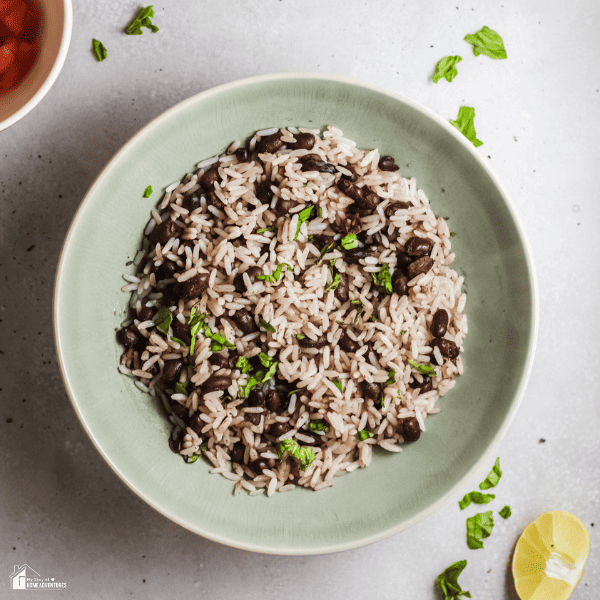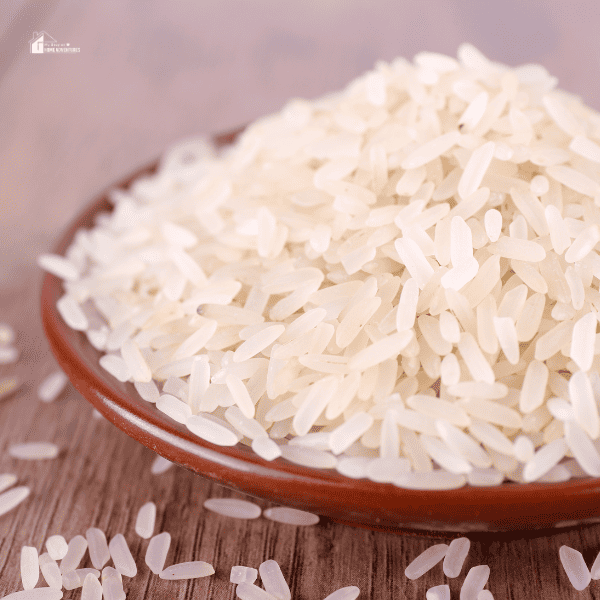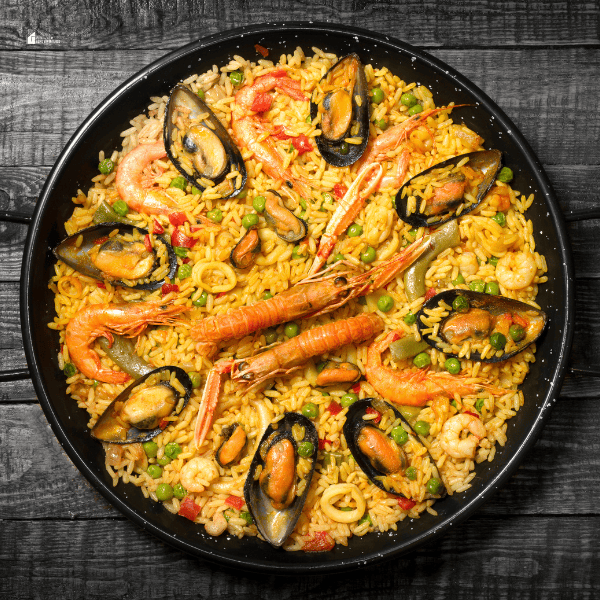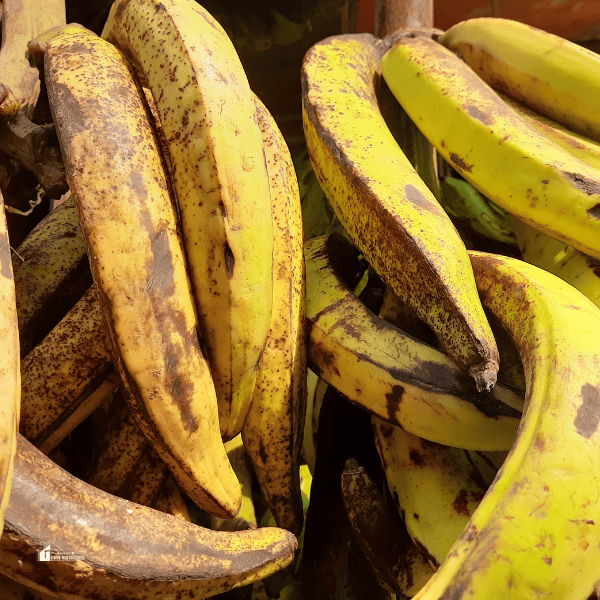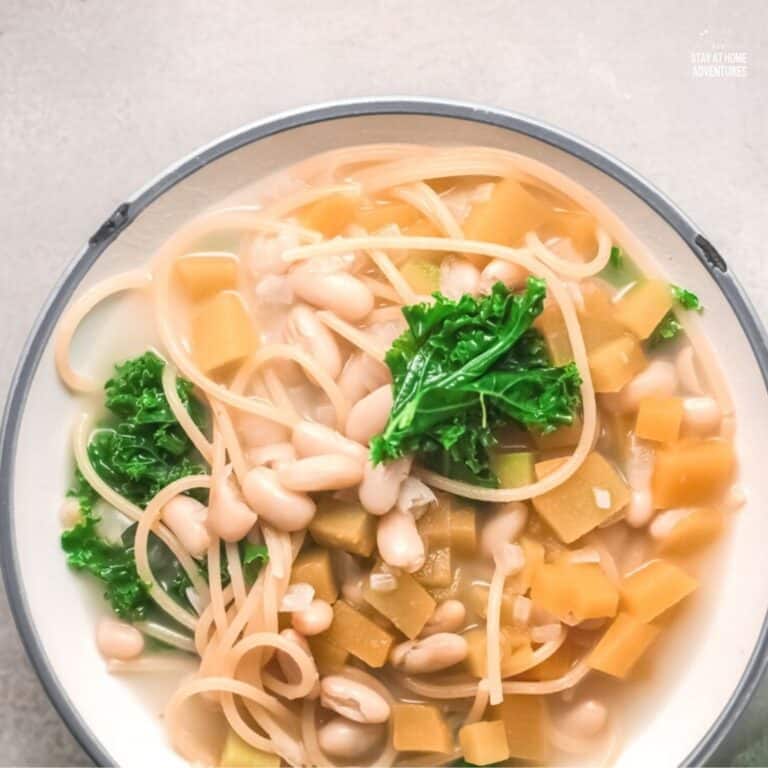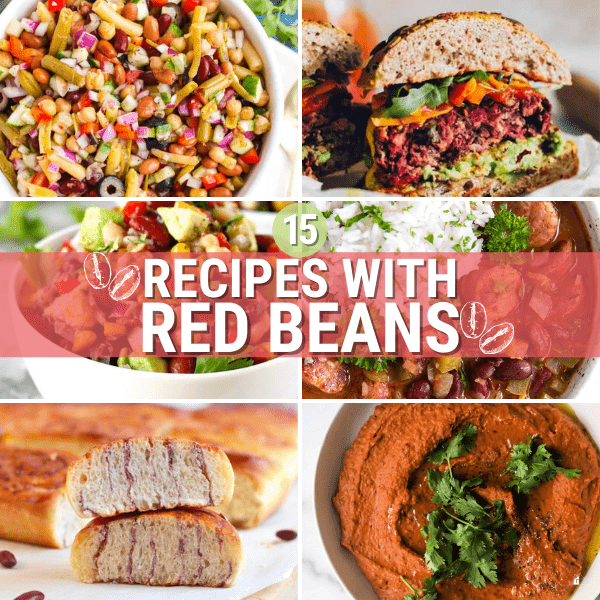Homemade Mayo
This post may contain affiliate links which might earn us money. Please read my Disclosure and Privacy policies hereHomemade mayo is not only healthier and tastier, but it's also surprisingly easy to make. With just a few simple ingredients, you can create a creamy and flavorful spread that is perfect for sandwiches, burgers, and salads. Plus, you can customize the flavor to suit your taste buds by making your own mayo. The possibilities are endless, whether you like it tangy, garlicky, or spicy.
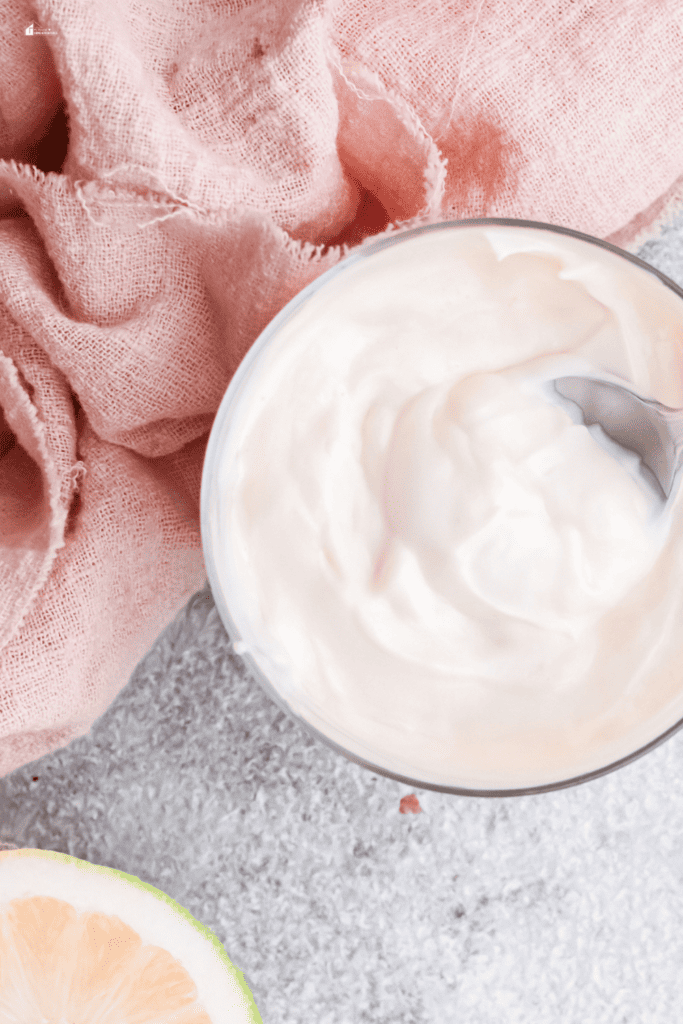
Homemade Mayo
Homemade mayo is a creamy and flavorful spread that is easy to make with just a few simple ingredients. One of the benefits of making homemade mayo is that you get to control the ingredients that go into it.
High-quality oils and fresh ingredients can create a healthier and more delicious spread than the store-bought version. Plus, you can customize the flavor by adding herbs, spices, or other seasonings to suit your taste buds.
Another great thing about homemade mayo is its versatility. It can be used as a sandwich spread, salad dressing, or dip for veggies and fries. You can use it as a base for other sauces, like aioli or tartar sauce.
While it may seem intimidating initially, making homemade mayo is relatively easy and takes only a few minutes. So why not try it and elevate the flavor of your favorite dishes?
You might enjoy these posts:
How to make your own mayonnaise?
Making your mayonnaise at home is easy; follow the steps below:
- You only need egg yolks, oil, mustard, vinegar or lemon juice, and salt.
- Start by whisking the egg yolks, mustard, vinegar, lemon juice, and salt together.
- Then, slowly drizzle in the oil while whisking constantly until the mixture emulsifies into a thick, creamy mayo.
- Add a little water or more vinegar or lemon juice if it's too thick. If it's too thin, add more oil until the desired consistency is reached.
- Customize the flavor by adding herbs, spices, garlic, or other seasonings.
- Store in an airtight container in the fridge for up to a week.
Is mayonnaise just eggs and oil?
Mayonnaise is typically made from eggs and oil but also includes other ingredients such as mustard, vinegar or lemon juice, and salt. The egg yolks provide the emulsion that holds the oil and water-based ingredients together, while the oil provides a creamy texture and rich flavor.
Mustard is often used in mayonnaise to add a tangy flavor and help stabilize the emulsion. Vinegar or lemon juice provides acidity, which balances the richness of the egg yolks and oil, and salt enhances the flavor.
Some recipes include additional seasonings like garlic, herbs, or cayenne pepper to add flavor.
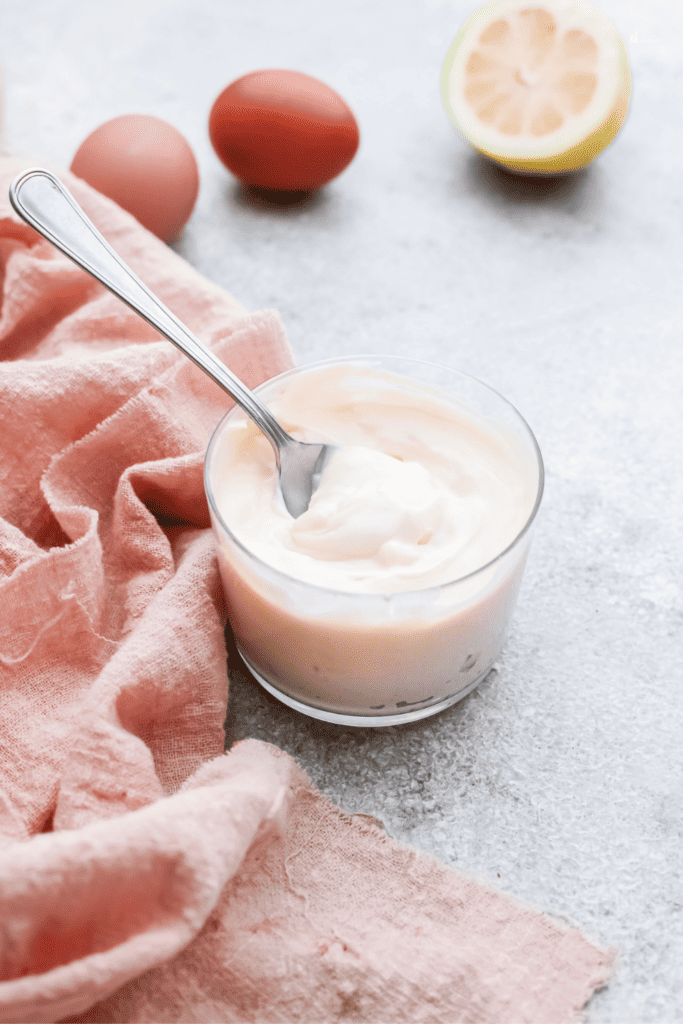
What is mayonnaise made of?
Mayonnaise is a versatile and creamy sauce typically made from egg yolks, oil, vinegar or lemon juice, mustard, salt, and sugar. The ingredients are whisked together to create a smooth and thick emulsion that can be customized with additional herbs or spices to suit different tastes.
The basic recipe for making mayonnaise involves whisking egg yolks, mustard, vinegar or lemon juice, salt, and sugar in a bowl until well combined. Then, oil is slowly added to the mixture while continuously whisking until the mixture thickens and emulsifies.
Once you've created the base mayo, you can add flavors like garlic, herbs, or spices to create a unique flavor profile. Homemade mayonnaise can be stored in the refrigerator for up to a week and used as a dip, spread, or base for other sauces and dressings.
Is homemade mayonnaise healthier than store-bought?
Homemade mayonnaise can be healthier than store-bought, as it allows you to control the quality and type of ingredients used. Store-bought mayo often includes additives like preservatives, stabilizers, and artificial flavors, which may need to be healthier.
However, homemade mayonnaise can be high in calories due to the oil content, so it's best consumed in moderation, especially if you're watching your calorie intake. Also, homemade mayonnaise may contain raw egg yolks, posing a risk of foodborne illness if not handled properly.
Overall, homemade mayonnaise can be a better option than store-bought for those who want to control the ingredients used. Still, it's important to ensure proper food safety practices and to consume in moderation.
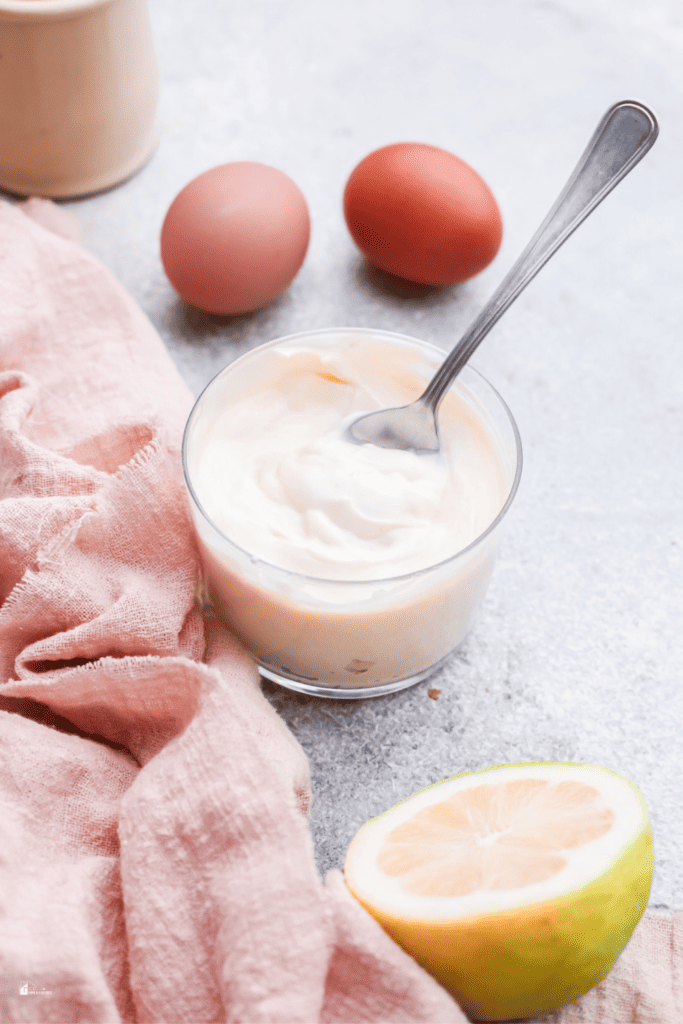
Is Mayo just whipped eggs?
Mayo is more than just whipped eggs. While eggs are one of the main ingredients in mayonnaise, along with oil, making mayonnaise involves more than just whipping eggs.
So, while eggs are an important part of mayonnaise, making mayo involves a combination of ingredients and a specific technique to ensure that the final product is smooth, creamy, and flavorful.
Why is homemade mayo so good?
Homemade mayo is so good because it allows you to control the quality and freshness of the ingredients used, resulting in a superior taste and texture.
You can use high-quality oil, such as olive or avocado, when making your mayo, giving the final product a rich and flavorful taste. Also, you can use fresh, organic eggs from free-range chickens, which may provide a richer flavor than commercial eggs.
Another reason homemade mayo can be so good is that you can customize the flavor profile to suit your preference. You can add herbs, garlic, or other seasonings to create a unique and delicious taste that cannot be found in store-bought mayo.
Homemade mayo is also made with natural ingredients and contains no additives or preservatives; the flavor is more authentic and pure than store-bought mayo.
Making mayo from scratch can be a simple but rewarding process that results in a delicious condiment that can take your sandwiches, burgers, and salads to the next level.
What are the ingredients to make Homemade Mayo?
This recipe requires no cooking; hence it only has a prep time of 5 minutes. To make homemade mayo, you'll need the following ingredients:
- Egg
- Canola oil
- Lemon juice
- Salt – to taste

How to make Homemade Mayo?
Since we've gathered the ingredients, it's time to create this mayo recipe. Follow the steps below:
- Begin by adding the egg, lemon juice, and salt to the bottom of a mixing jar. Then very slowly and carefully pour the oil. Please note that you can also use olive oil to have an olive oil mayo, which even works with avocado oil.
- Start blending with the blender stuck to the bottom of the jar for 2 minutes. Once the mixture is emulsifying carefully, start bringing it up.
- Once blended, check the consistency and adjust the salt to taste. If too thick, add more oil and blend for 30 seconds until you get the desired consistency.
- If you want a little spicy flavor, add some extra spices to it too! Add some black pepper to have a slightly more spicy mayo, some chives to have a fresh variation, horseradish to kick it up, and Italian herbs to kick it up a notch.
- Once the mayo is done, store it in an airtight container. Enjoy your homemade mayo!
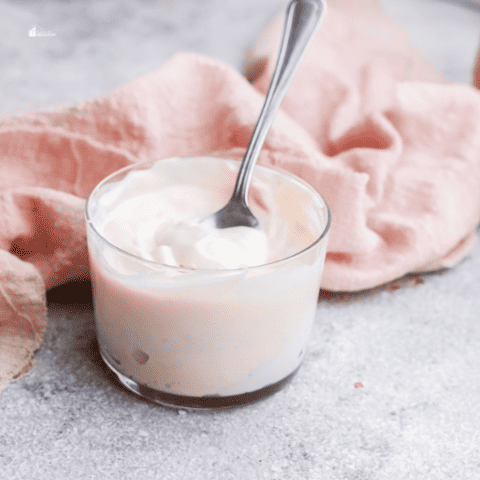
Homemade Mayo
This homemade mayo is so creamy and delicious! Best of all? You only need 4 ingredients and 5 minutes to make it at home. It’s a really foolproof recipe and you’ll find yourself making it again and again + it’s WAY better than the store bought one.
Ingredients
- 1 egg
- ¾ Cup canola oil
- 1 Tbsp lemon juice
- ½ Tsp salt + more to taste
Instructions
- Add the egg, lemon juice and salt to the bottom of a mixing jar.
- Very slowly and carefully pour the oil. Place your immersion blender at the bottom of the jar, covering the egg.
- Start blending with the blender stuck to the bottom of the jar for 2 minutes. Once the mixture is emulsifying carefully, start bringing it up.
- Continue blending for 3 more minutes or until the mayo is thick and creamy.
Notes
- You can also use olive oil to have an olive oil mayo. It even works with avocado oil.
- You can add some extra spices to it too! Add some black pepper to have a mayo that’s slightly more spicy, some chives to have a fresh variation, horseradish to give it a kick and Italian herbs to kick it up a notch.
Nutrition Information:
Yield: 1 Serving Size: 1Amount Per Serving: Calories: 1519Total Fat: 168gSaturated Fat: 14gTrans Fat: 1gUnsaturated Fat: 152gCholesterol: 186mgSodium: 1237mgCarbohydrates: 1gFiber: 0gSugar: 0gProtein: 6g
These nutritional calculations might not be accurate. Please speak with a licensed nutritionist to assist you.

